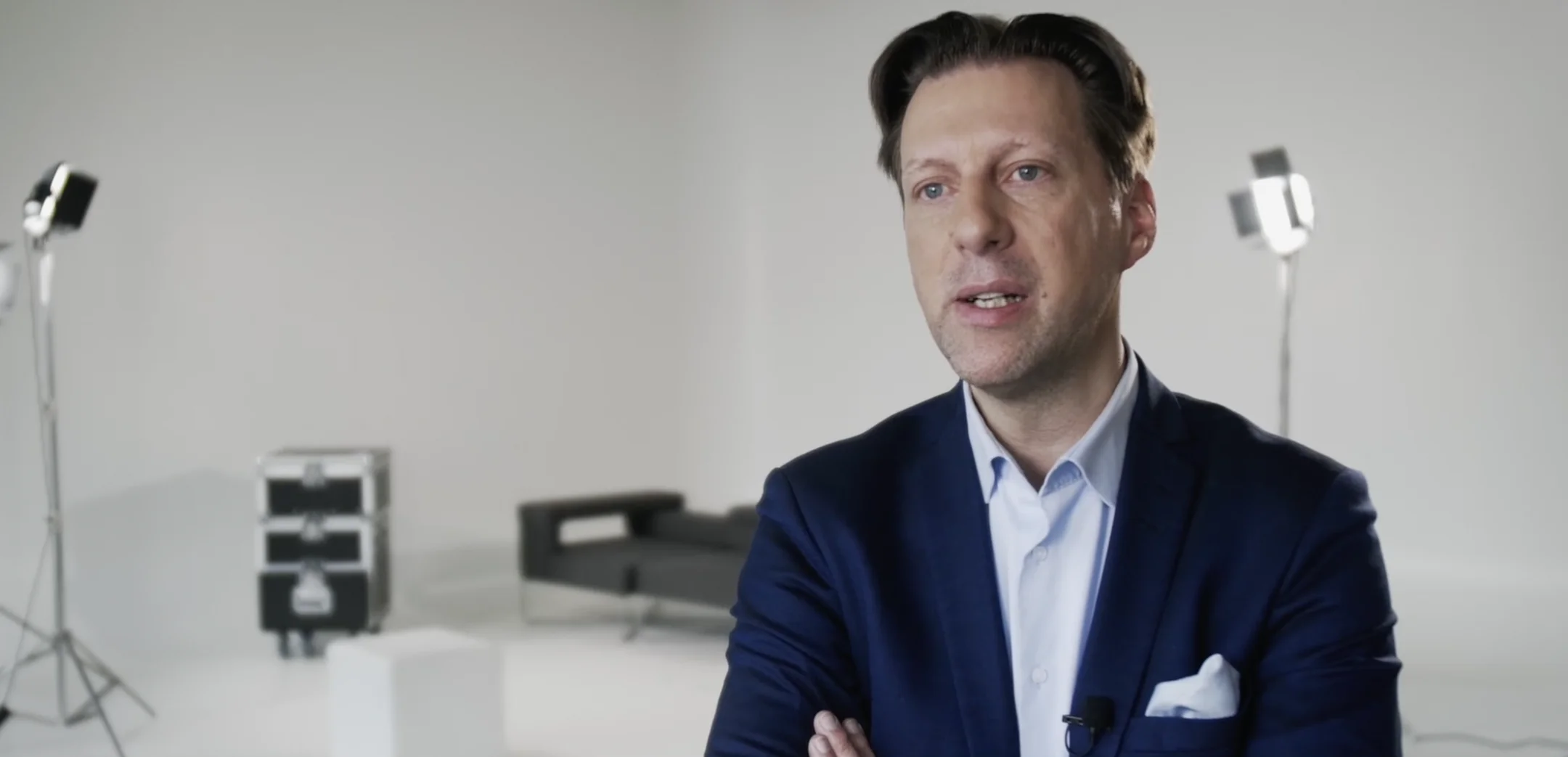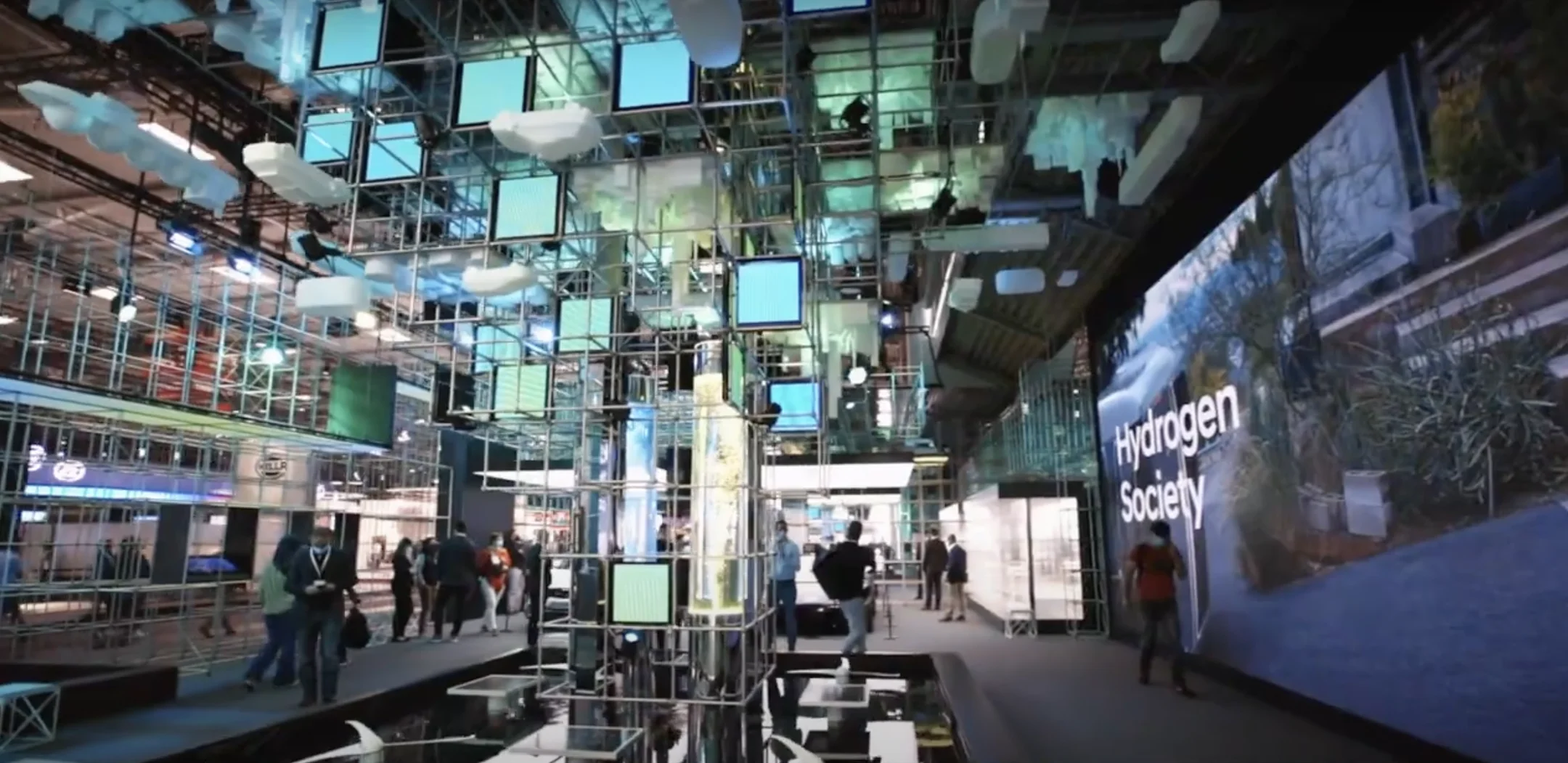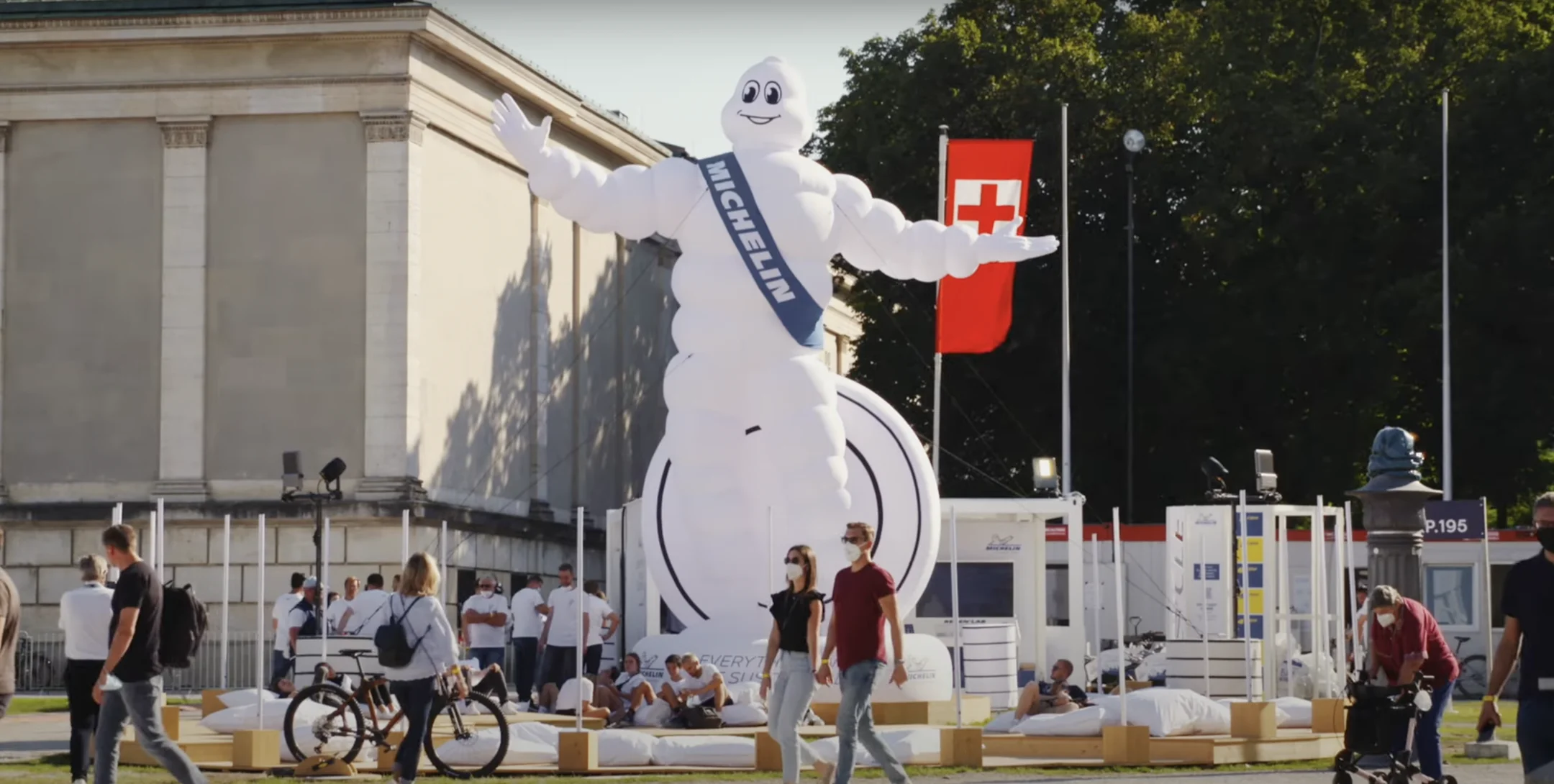As we wrap up the year and look back at some of its key moments, we sat down with our Europe CEO Rüdiger Maeßen for a discussion on the 2021 edition of IAA and its new mobility-focused concept.
In recent years, motor shows have been received with little excitement and plenty of protests.
Consumers are embracing online channels or shopping for cars in downtown showrooms such as Tesla’s, which have become a fixture of our city centres. Brands are constantly reinventing retail concepts and integrating consumer experience with lifestyle elements. Actual vehicles may not even be displayed at point of sale. So why bother visiting a motor show? And above all, why buy a car at a time when environmental concerns are at the top of the global agenda?
All these questions were in the minds of IAA Mobility ‘s organizers, who tried to bring a breath of fresh air to the motor show format. First and most obviously, the event was moved from Frankfurt to Munich for the first time in its century-long history. Secondly, the word “Mobility” was added to the event’s name, shifting attention away from the car toward more sustainable forms of transport, such as e-bikes, cargo bikes and e-mopeds.
As Munich Trade Fairs’ Head of Consumer Goods Tobias Groeber told electric mobility news site Electrek, over the years “trade shows lost their information monopoly, especially since information is everywhere at any time, and the problem today is that there is too much information and people don’t know if it’s relevant anymore.” This was the catalyst which led to changing formats. Then, of course, came the protests outside recent editions of IAA. Groeber highlighted that this year the aim was to create “an inclusive platform” integrating various forms of mobility, and open to everyone including the protesters. The car industry, however, is “still an important player as they are part of the solution.”
According to Rüdiger Maeßen, IAA Mobility was indeed a good response to recent developments in the industry. Decentralizing the focus of experience to include venues across the city brought a festival atmosphere and added a new layer to the trade show. On the other hand, most of the exhibition stands were still quite traditional and far from the initial concept direction.
Many of the exhibitors at IAA took a conventional approach. I felt there was a disconnect between what this tradeshow concept wanted to achieve and the exhibitors’ actual response.
Nevertheless, there were good examples of how brands dealt with the issue of sustainability. Among these are some of our own projects, including Polestar’s pavilion concept, which was made mostly from reusable materials while elegantly presenting the brand’s latest EV models. At Hyundai, we took an innovative approach by putting content first, rather than the product, and focused on exploring how green hydrogen is used in mobility and infrastructure. Meanwhile, for Michelin we took a campaign approach, whereby we inspired interaction with the audience by challenging them to collect plastic waste across the city and connecting this to their newest product – tires made from recycled plastic.
Maeßen’s point of view on the disconnect between IAA’s mobility concept and the overall trade show execution was echoed in the press.
Horizont's Michael Reidel wrote that there was a mixed bag of old-school booths and smaller interactive concepts where you could at least get a glimpse of industry transformation. Bicycles and other alternative transport products were segregated into two halls, showing a weakness in storytelling and lack of integration. However, according to Cate Lawrence from The Next Web, alternative transport brands were probably the big winners in this show, as they were provided with an appealing way to make sales.
Finally, while the connection between the fairgrounds and the city were praised as an interesting new addition to the show, citizens and local politicians criticized the lack of coordination in the management of public space. According to Anna Hoben of Munich-based newspaper Süddeutsche Zeitung, it was the biggest controversy in this edition of IAA, as many found that the show areas in the city center were too large. A similar point was made by Reidel where he pointed out that the “blue lane” concept connecting all venues in the city did not deliver due to lack of communication. While it was dedicated to EVs, a lot of locals occupied it with their internal combustion engine cars as a way of getting around the traffic, practically defeating its original purpose.
So, what are the big lessons we can draw from this year’s edition of IAA Mobility?
City-Fairgrounds Integration
City activities need to be better integrated into exhibitor concepts in order to create a seamless connection between the fairgrounds and the city. Better communication and coordination are also needed between the trade show organizers and local authorities.
Trade Show and Conference Format Innovation
Both the trade show and summit parts of IAA need more engaging conference formats with a stronger focus on content.
Focus on Mobility-related Topics
Mobility itself should be represented more broadly, going beyond alternative modes of transport to tackle innovation in fields such as car sharing, air cabs, driverless technology, etc.
Indeed, as noticed by Reidel, the big question is whether the “IAA” in the event name is still needed? Or is it just slowing down the transition to a real “Mobility Show”? Be that as it may, this year’s edition of the world’s largest motor show is still a welcome development towards newer forms of brand experience.














